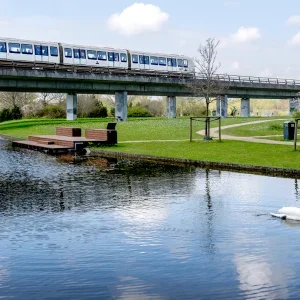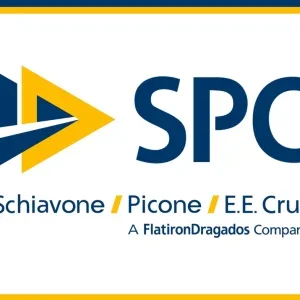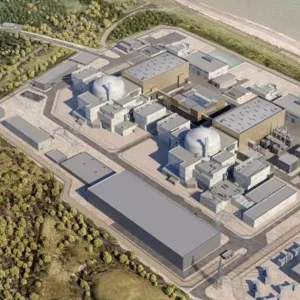The first 24m of the 18km-long immersed tunnel have been produced at the world’s largest precast concrete element factory in Rødbyhavn.
The tunnel will connect Rødbyhavn on Lolland in Denmark and Puttgarden on the German island of Femern.
Femern technical director Jens Ole Kaslund said it was a decisive moment and a major milestone for the project.
"The construction of the factory, the work harbour and the tunnel portal have been a major preoccupation, but now we can unequivocally state that the casting of the elements for the Fehmarnbelt tunnel has begun – and that’s cause for celebration,” he said.
Of the 89 tunnel elements to be cast, 79 are standard elements 217m long, 42m wide and 9m high. One standard element is produced from nine castings, each approximately 24m in length, meaning the first segment of the 711 segments has been cast.
Tunnel segment production will continue until 2027. The first tunnel element is expected to be immersed in the Fehmarnbelt next year in the tunnel trench, which is currently being dredged. More than 90% of the dredging operations have been completed.
Meanwhile, the unique vessel that will prepare the seabed for the tunnel is being built in Poland.
The vessel, being built at the Crist shipyard in Gdynia, will lay gravel on the seabed at a depth of 40m, to prepare it for the tunnel elements.
It comprises a multi purpose pontoon and a submersible dumping tool connected by just two cables.
“They are working separately and together,” said Crist project manager Piotr Pallach.
The vessel will be delivered to the project later this year and begin work next year.
The Fehmarnbelt link is due to open in 2029.








